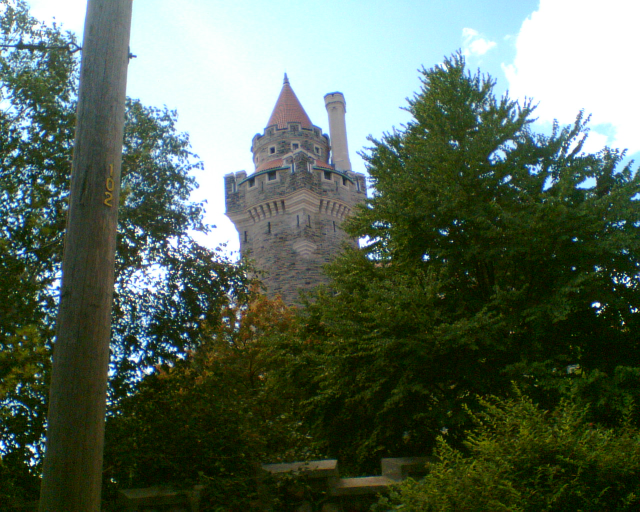Keynote: James Surowiecki
“The wisdom of crowds”: under the right conditions, groups of people can be (dramatically) smarter than the smartest person in the group. What are those conditions? How is this applicable to Agile software development?
Example experiment on the conference: “How many lines of code are there in Microsoft Visual Studio?”. Obvious answers are: “Too many”, “Who still counts lines of code?” or “Who cares?”. Only two individual participants got closer than the average of the sum of the entries from the collective.
Web examples: Google pagerank and “Clickworkers“. Clickworkers are volunteers who classify Mars craters for NASA. Other examples: betters on horse races or store employees who predict how many and which type of gift cards will be sold. The last one includes the factor that people on the floor have more information and a better view on the customer.
Prediction Markets use a simulated market to predict political results, product preferences, project completion dates. Why do they work? These processes surface information that classic predction processes miss. Classic processes impede the flow of information: people hoard information; people say what their superiors want to hear; people have incentives to ‘game’ the system. Prediction Markets give only one incentive: try to get it right.
Two images of crowds: volatile and extreme (lynch mob, bubbles) or mediocre. These are real effects. But why don’t all crowds work? What do we need to do to create crowds that work:
- Aggregate lots of different judgements to come up with the common judgement.
- Have diversity in the team, cognitive diversity: people who lookat problems in different ways, use different thinking tools. Homogeneous groups become dumber and dumber, ‘groupthink’ sets in because no one spots the flaws. Solution: use conflict, devil’s advocate, question decisions. But that requires a lot of trust.
- Get rid of peer pressure. Every participant must offer their input independently, individually and not influenced by the other participants. Imitation is often a good strategy. Organisations reward average, conformant behaviour. But conformity reduces the intelligence of the crowd.
We over-estimate our ability to recognize the intelligent people. Crucial problem-solving skills may be available in places you wouldn’t expect. The Lean practice of involving the workers in continuous improvement uses this.
Conclusion: good, clear talk. Now I don’t need to read the book 🙂
The idea may seem very abstract and high-level, but the ideas and the techniques to create crowd wisdom are available and practical. Some of them are in use in Agile and Lean methods, for example continuous improvement, planning poker, collective ownership…



